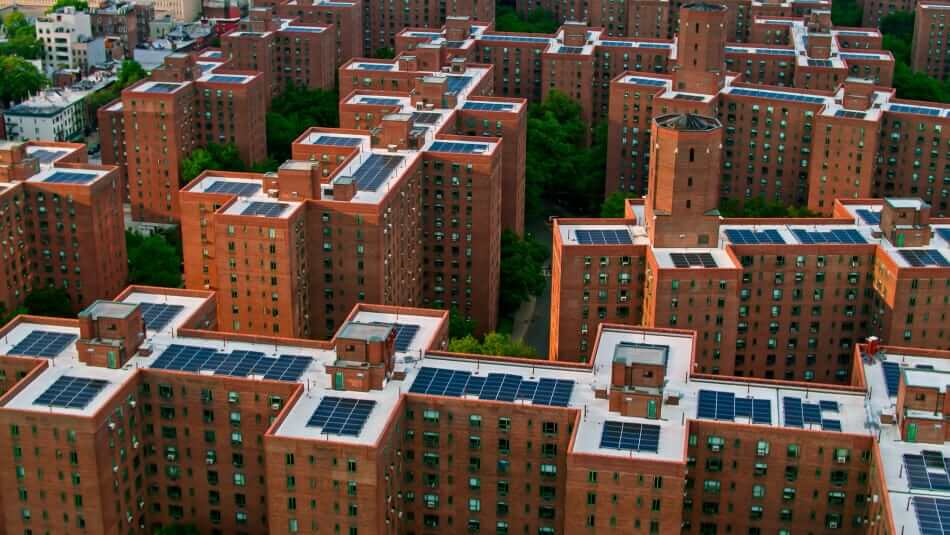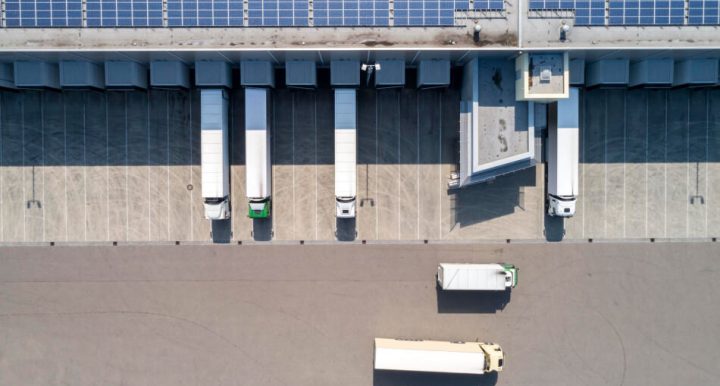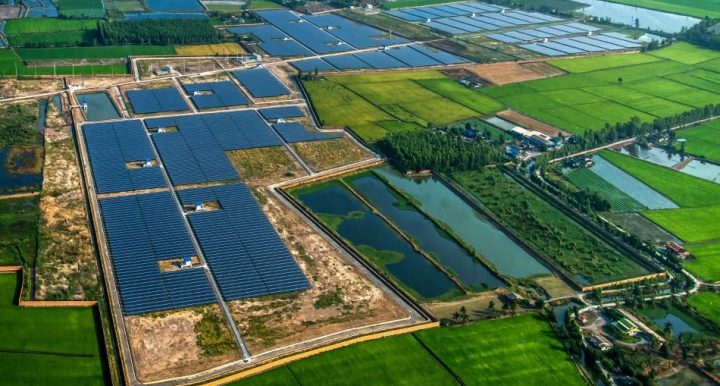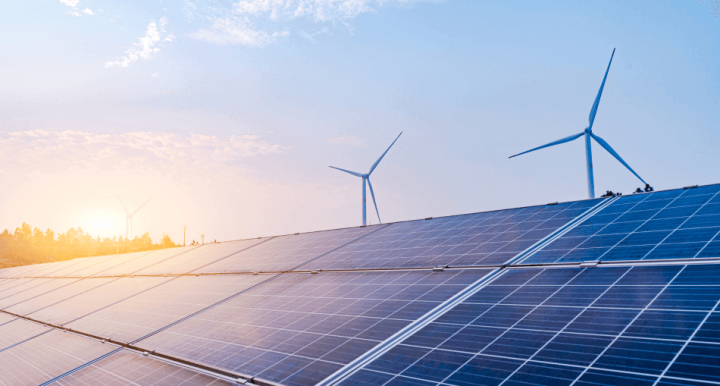When I was working with the City of San Antonio’s Climate Action and Adaptation Plan a few years ago, I learned about a shocking statistic in the city I call home. Depending on the zip code, there is an approximately 20-year life expectancy gap for people residing in the same vicinity. Unfortunately, this phenomenon isn’t unique to San Antonio. For many years, studies have reported that life expectancy can vary by as much as 15 years, apparently linked to differences in income levels.
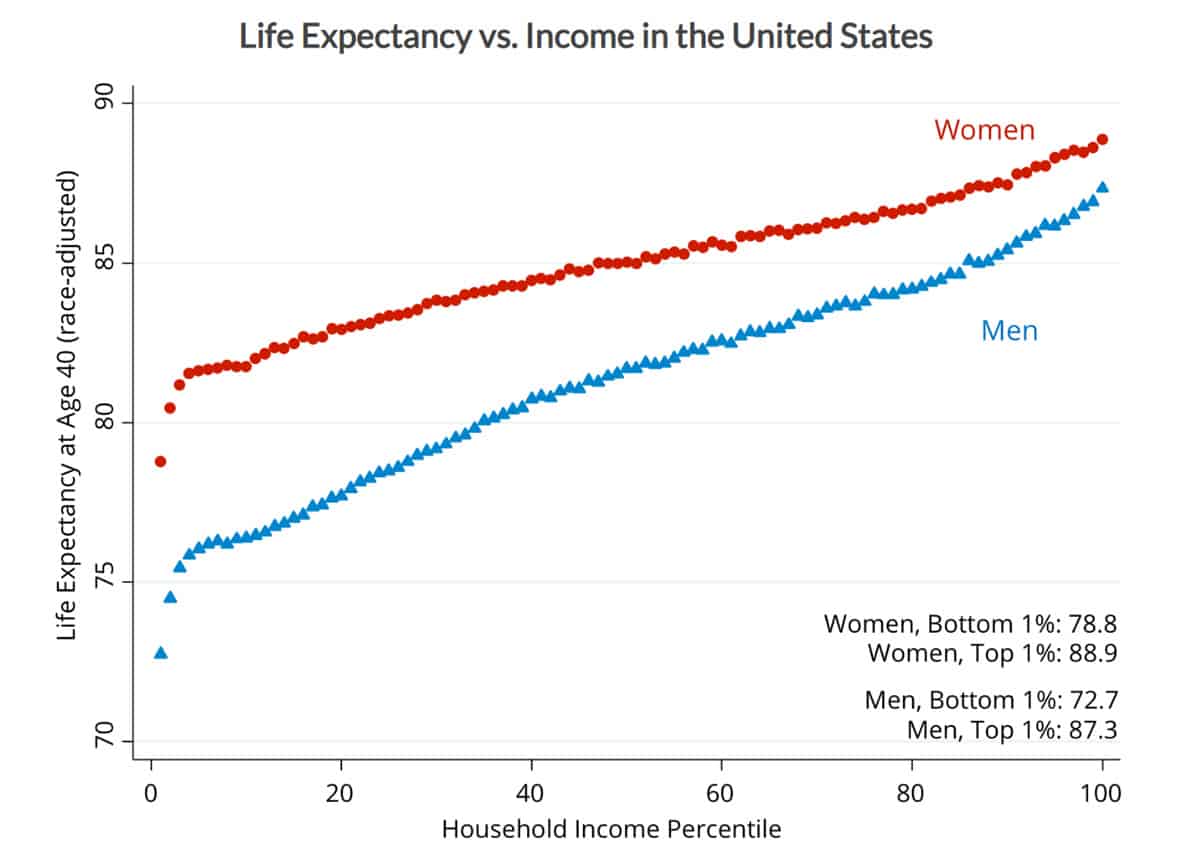
Many factors negatively influence average life expectancy. Among the chief culprits is air quality, which, in turn, is often impacted by polluting power plants that burn fossil fuels. Particularly egregious are so-called peaker power plants, which run only when demand for electricity is high. Peaker plants are typically the most polluting and expensive resources in the system.
Peaker Plants Are Located Throughout the U.S.
A map of 1,148 peaker plants in the United States provided by the Clean Energy Group shows that a large majority of these sources of electricity are located near low-income communities (yellow and red indicate a majority of low-income residents residing within a 3-mile radius)
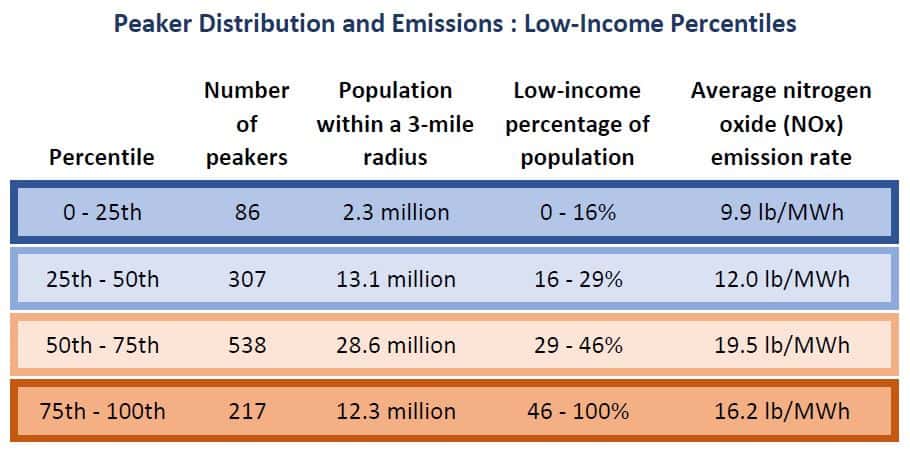
A recent Center for Disease Control (CDC) report further indicates that impacts on respiratory diseases, such as asthma, are nearly double in low-income communities compared to middle-class or high-income communities. Thus, it is clear that these peaker plants have a tangible impact on quality of life, longevity, health, and well-being.
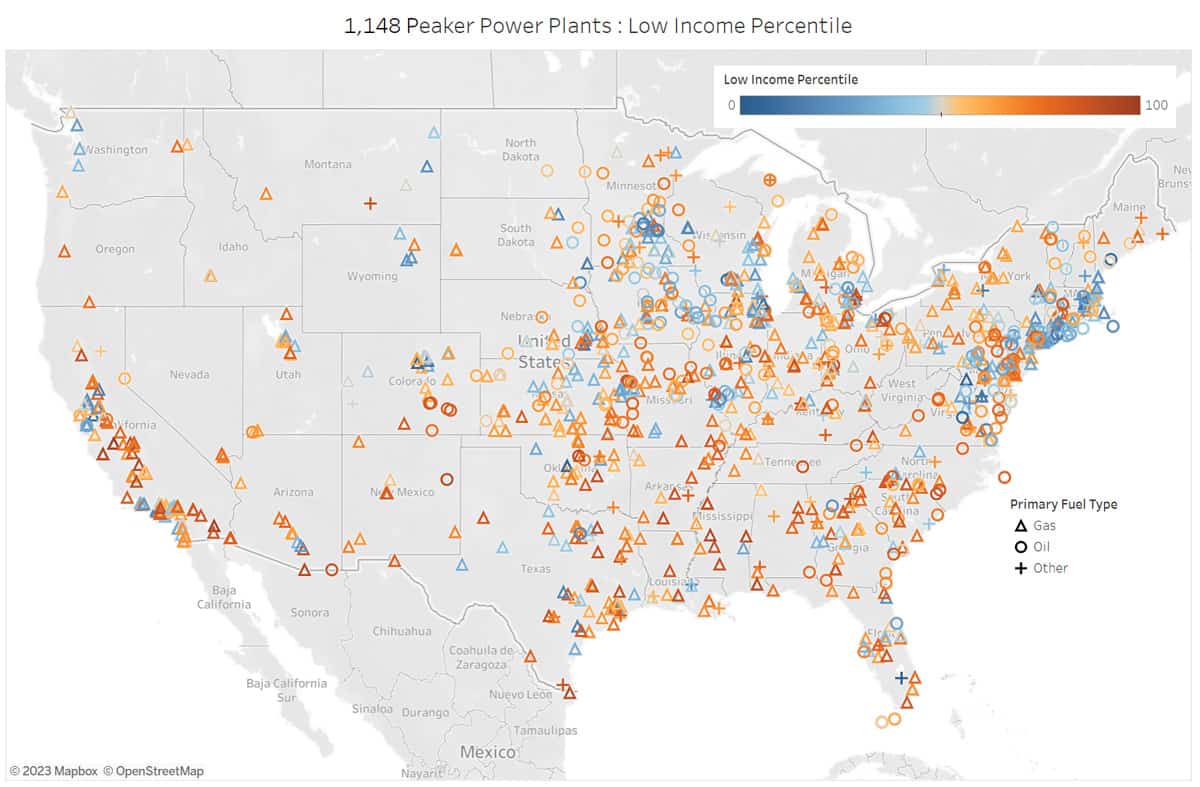
The financial value proposition attached to these peaker plants is generally not good either. Often these peaker plants generate electricity at a cost to ratepayers that is 10x that of the average cost of electricity. Many run for less than 13 out of 365 days a year, so maintenance costs are disproportionately high compared to use.
These polluting and expensive sources of electricity have been justified on the basis of keeping the lights on and buildings cool or warm as needed. More recently, they’ve been tapped to fill in gaps in renewables generation when the sun sets, or the wind doesn’t blow. With the combination of high costs, air emissions contributing to global climate change, and the resulting significant health risks for the nation’s citizens, we must look for better solutions to keep the lights on.
Virtual Power Plants to the Rescue
Fortunately, we can address each of these issues while also providing greater grid reliability without sacrificing progress on responding to the climate crisis and public health issues created by these peaker plants. An option that has gained increasing market traction in the U.S. and across the globe over the last few years is the Virtual Power Plant (VPP). These VPPs aggregate and optimize distributed energy resources (DERs) that can span loads, generation, and energy storage to provide the same services of a conventional power plant but in a cleaner, more flexible, and less expensive way. VPPs offer multiple advantages:
- SCALE – They leverage existing and already paid for DERs such as rooftop solar photovoltaics, batteries, HVAC systems, air conditioners, water heaters, and electric vehicles into a virtual resource that can provide bidirectional value to both single sites and the larger surrounding grid network
- SAVINGS – The costs are significantly lower than operating a peaker plant since VPPs leverage existing DER assets, just squeezing more value out of these assets
- LOCAL – Investments into a VPP stay within the communities where they are built since many of the DERs aggregated into VPPs are supported by incentives offered by federal, state and local government programs
- ACCESS – They provide opportunities for underserved communities to participate in the emerging new energy landscape enabled by a digital grid that leans on prosumers across all income levels through specially designed programs
- RELIABILITY – They increase grid reliability, especially during peaks in demand at a lower cost than traditional grid infrastructure investments, which are costly and time-consuming
- GREEN – They reduce the carbon intensity of the entire electricity delivery ecosystem.
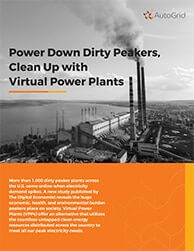
Power Down Dirty Peaker, Clean Up with Virtual Power Plants
See stats on Peaker’s huge environmental impact and alternative VPPs offers.
Many utilities, transmission grid operators and electricity retailers are exploring VPP options as they look to leverage behind-the-meter DERs for systemwide benefits. An analysis conducted by Guidehouse Insights, for example, found that there will be enough DER capacity coming on-line in Texas to displace the state’s entire fleet of peaker plants by 2030. An analysis for New York found that if forecasted DERs were aggregated into VPPs, peaker plants there could be retired by the end of next year.
Despite the compelling value proposition, challenges remain to bringing VPPs into the mainstream. A common challenge is the lack of open standards and application programming interfaces (APIs) that would allow for streamlined integration of diverse DERs across asset types, classes, and vendors. This must change if we want to reap the full benefits of proliferating DERs that are emerging as the primary source of new capacity across the world. With the help of advanced digital platforms such as AutoGrid Flex™, these DERs are transformed from potential problems to grid reliability into solutions.
Nevertheless, to maximize this opportunity, VPPs need to be adopted at scale, as described in the guidelines for scalable VPP solutions white paper. Otherwise, we run the risk of a hodgepodge of closed-off systems that thwart meeting the full potential of VPPs. That would defeat the purpose of so many people in this industry that are working hard to make this planet a better place to live for everyone.
Sources
1 www.equality-of-opportunity.org/health/
2 https://www.cleanegroup.org/ceg-projects/phase-out-peakers/maps/

